Writing is a powerful tool that can be used to communicate ideas, share stories, and connect with others. But not all writing is created equal. The style and tone of your writing can have a big impact on how your message is received. That’s true for both humans and AI writers.
Table of Contents[Hide][Show]
If you’re looking to add some variety to your writing, or if you’re just trying to find the right style for your next project, you’re in luck. Here’s a big list of writing styles that you can use with ChatGPT and Google Bard, and tips on how to use these AI tools to create engaging and effective writing.
Looking for a way to add some variety to your writing? Check out this giant list of writing styles that you can use with ChatGPT and Google Bard. #writingstyles #chatgpt #googlebard #aiwriting #creativewriting #writerscommunity Share on XWhat’s The Difference Between Writing Style And Writing Tone?

The writer’s choice of words, sentence structure, and imagery all contribute to both the style and the tone of the writing. However, the two concepts are not the same. Style is about how the writer writes, while tone is about what the writer is trying to say.
- Style is technical. It refers to the individual traits or characteristics of a piece of writing. For example, poems and press releases are writing styles. It is a particular way of writing words that readers recognize. Writing styles can also be distinctive to an individual creator. For example, Ernest Hemingway’s style is like listening to a conversation. He is a master of swift, terse dialogue, often using understatement to imply greater depths of feeling than he puts into words.
- Tone is emotion. It refers to the overall feeling or attitude that a writer conveys in their writing. It is created by the writer’s choice of words, sentence structure, and imagery. For example, formal writing uses long, complex sentences and academic language. Informal writing uses short, simple sentences and contractions.
Big List Of Writing Styles To Use With AI

The best writing style for a particular piece of writing will depend on the purpose of the writing, the audience, and the subject of your piece. For example, a narrative writing style would be well-suited for a story, while a descriptive writing style would be better suited for a travelogue.
| Style | Example |
|---|---|
| Action-packed | The story is full of suspense and excitement, with plenty of plot twists and cliffhangers. |
| Adventure | The story follows a character on a journey of exploration, discovery, or self-discovery. |
| Biographical | The story tells the life story of a real person, either in their own words or as told by another person. |
| Character-Driven | The story focuses on the development of the characters, their relationships, and their motivations. |
| Coming-Of-Age | The story follows a character as they grow and mature, often learning valuable lessons along the way. |
| Creative | Creates mental images for the reader, but leaves some of the details up to their imagination. |
| Descriptive | The story uses vivid language to create a clear picture of the setting, characters, and events. |
| Dramatic | The story is full of conflict and tension, with a strong focus on the characters’ emotions. |
| Epic | The story is set in a grand, sweeping historical or mythical setting, with a cast of larger-than-life characters. |
| Experimental | The story challenges traditional narrative conventions, using innovative techniques such as stream of consciousness or unreliable narration. |
| Expository | Uses clear and concise language to help the reader understand the topic. |
| Flash Fiction | The story is very short, typically under 1,000 words. |
| Genre fiction | The story is set in a specific genre, such as science fiction, fantasy, or mystery. |
| Graphic Novel | The story is told in a visual format, using a combination of text and illustrations. |
| Historical | The story is set in a specific historical period, and the events are based on real events. |
| Horror | The story is designed to frighten and unsettle the reader, often using elements of suspense, gore, and the supernatural. |
| Humorous | The story is full of wit, satire, and wordplay, designed to make the reader laugh. |
| Legend | The story is a traditional tale that is passed down from generation to generation. |
| Memoir | The story is a first-person account of the author’s own life experiences. |
| Metafiction | The story explores the nature of fiction itself, often blurring the lines between reality and fiction. |
| Myth | The story is a traditional tale that is often associated with a particular culture or religion. |
| Narrative Nonfiction | The story is based on real events, but it is written in a way that is both engaging and informative. |
| Objective | Uses neutral language to present facts and information. |
| Parody | The story is a humorous imitation of another work of literature. |
| Personal Essay | The story is a reflection on the author’s own life experiences, thoughts, and feelings. |
| Persuasive | Uses vivid language and imagery to persuade the reader. |
| Poetic | The story uses poetic language and imagery to create a rich and evocative atmosphere. Some different types of poems include Haiku, Sonnet, Free Verse, Limerick, Epic, Ballad, Villanelle, Ode, Acrostic, and Ghazal to name a few. |
| Psychological | The story focuses on the inner lives of the characters, exploring their thoughts, feelings, and motivations. |
| Review | Uses vivid language to describe the product or service being reviewed, but may also provide objective information. |
| Romance | The story follows a love story between two characters. |
| Satire | The story uses humor to criticize or expose human folly. |
| Science fiction | The story is set in a future world that is different from our own, often involving advanced technology or alien life. |
| Short story | The story is a brief, self-contained narrative that can be read in one sitting. |
| Subjective | Uses personal opinions and feelings to create a sense of connection with the reader |
| Traditional | The story follows a traditional narrative structure, with a clear beginning, middle, and end. |
| Travelogue | The story follows a protagonist on a journey to a new place, exploring the culture, people, and landscape of that place. |
| Thriller | The story is full of suspense and excitement, with a strong focus on the protagonist’s struggle against a villain or adversary. |
| Western | The story is set in the American West, often involving cowboys, outlaws, and Native Americans. |
| War story | The story is set during a war, and it often deals with the themes of violence, loss, and survival. |
| Yarn | The story is a tall tale or folktale, often featuring exaggerated characters and events. |
AI Prompt Examples That Use Different Styles Of Writing
Here are a few AI prompt examples that you can use to get either ChatGPT or Google Bard to use a type of writing style. Just experiment with replacing the writing style value(s) with a selection from the list of writing styles in this article.
Command: write a poem about a dog who loves to secretly eat cat food
Style: Poetic Parody
Max Tokens: 300
Command: write a poem about a dog who loves to secretly eat cat food
Style: Epic Yarn
Tone: Curious
Max Tokens: 300
Command: write a haiku about rum
Style: Haiku
Tone: Happy
System: Assume the role of a 1600s pirate.Command: describe a cup of tea
Style: Descriptive Experimental
Tone: Delighted
System: Assume the role of a member of the British Royal family.
Top 10 Different Types Of Writing Styles And Their Emotive Uses
Not sure where to start? It can be overwhelming. Writing styles can be as diverse as the writers themselves. There are many different types of writing styles, each with its own unique purpose and tone. In case it helps, here’s a shorter list of the top 10 different types of writing styles. Try starting with these first. They will probably be more useful in your daily life.
| Style of Writing | Emotive / Non-Emotive | Visualization |
|---|---|---|
| Narrative Writing | Emotive | Creates mental images for the reader |
| Descriptive Writing | Emotive | Creates vivid descriptions that help the reader visualize the scene. |
| Expository Writing | Non-Emotive | Uses clear and concise language to help the reader understand the topic |
| Persuasive Writing | Emotive | Uses vivid language and imagery to persuade the reader |
| Creative Writing | Emotive | Creates mental images for the reader, but leaves some of the details up to their imagination. |
| Objective Writing | Non-Emotive | Uses neutral language to present facts and information |
| Subjective Writing | Emotive | Uses personal opinions and feelings to create a sense of connection with the reader |
| Review Writing | Emotive / Non-Emotive | Uses vivid language to describe the product or service being reviewed, but may also provide objective information. |
| Poetry Writing | Emotive | Uses figurative language and imagery to create a sensory experience for the reader. |
| Technical Writing | Non-Emotive | Uses clear and concise language to explain complex technical concepts |
Writing Styles To Use With ChatGPT And Google Bard

I hope you found this article helpful in learning about the different writing styles that you can use with ChatGPT and Google Bard. Experiment with different styles and see what works best for you. And don’t forget to have fun with it! Writing can be a great way to express yourself and connect with others. Thank you for reading and please share this article online!
Giant List Of Writing Styles To Use With ChatGPT And Google Bard #writingstyles #chatgpt #googlebard #aiwriting #creativewriting #writerscommunity Share on X
Frank Wilson is a retired teacher with over 30 years of combined experience in the education, small business technology, and real estate business. He now blogs as a hobby and spends most days tinkering with old computers. Wilson is passionate about tech, enjoys fishing, and loves drinking beer.



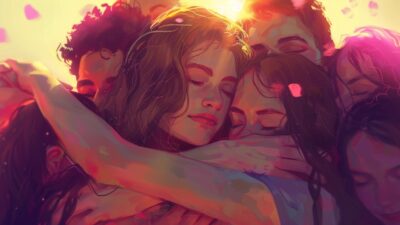









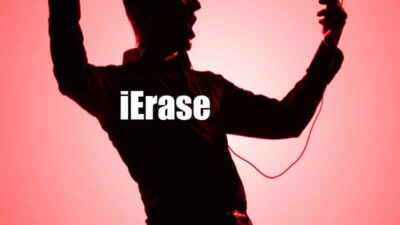




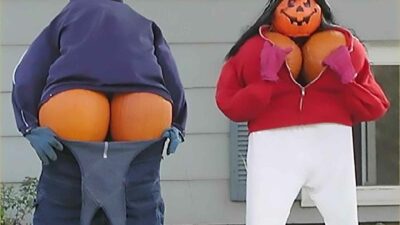



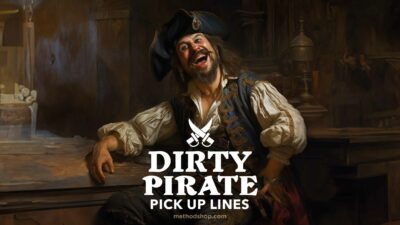
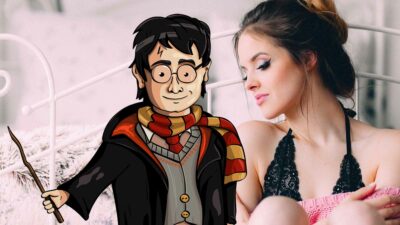
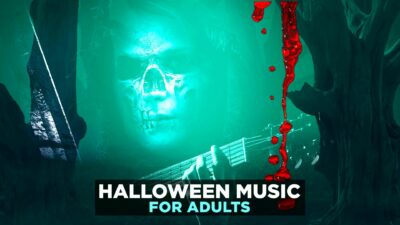
 The Best Milton Office Space Quotes To Help Inspire Work-Life Balance
The Best Milton Office Space Quotes To Help Inspire Work-Life Balance
Leave a Reply
You must be logged in to post a comment.